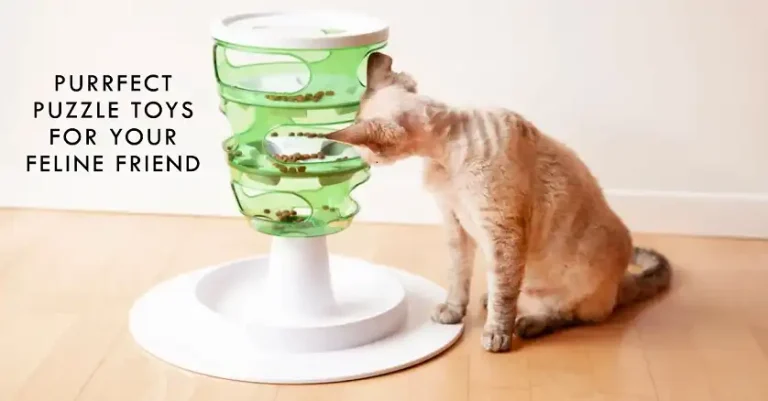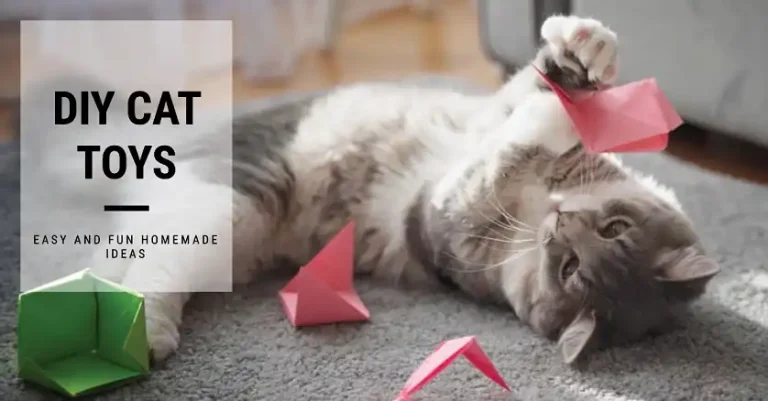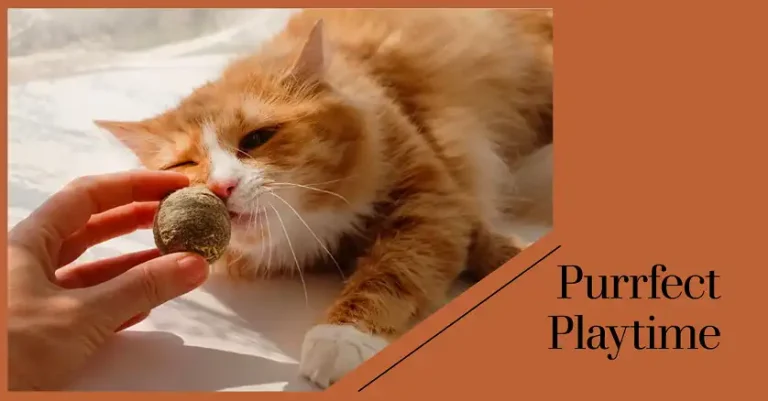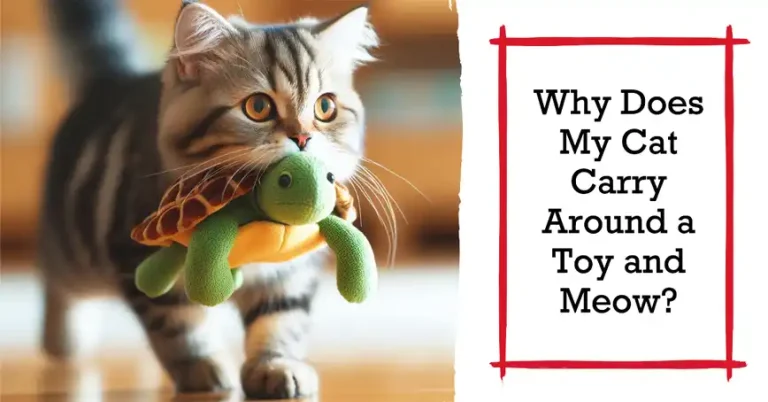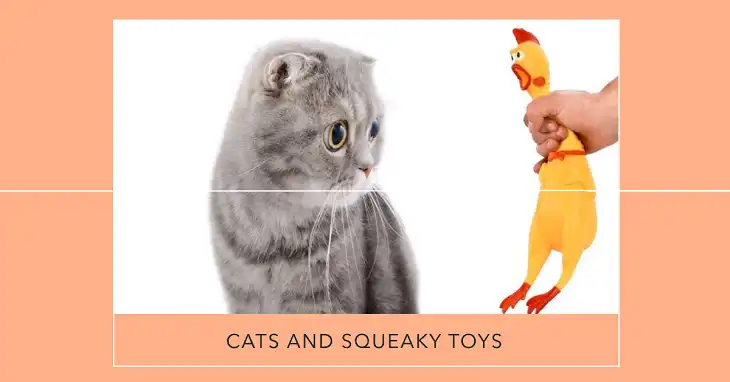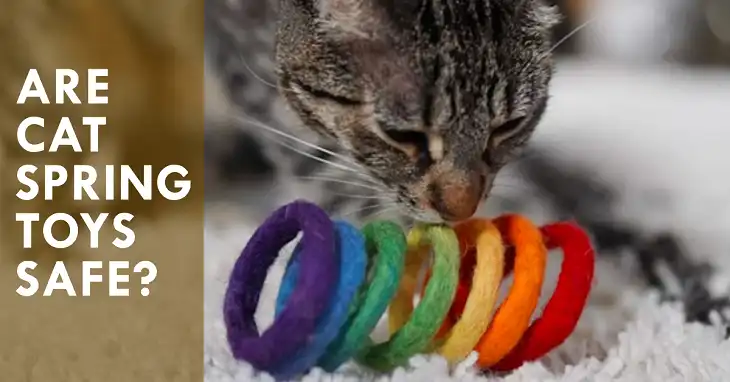Are Catnip Toys Eco-Friendly?
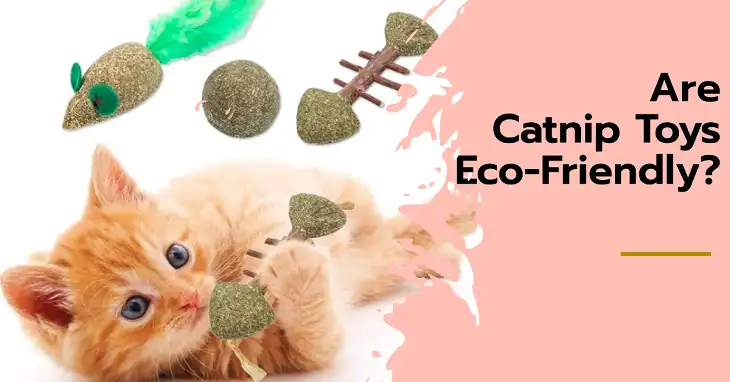
Catnip toys can be eco-friendly, but it depends on several factors such as the materials used, the production process, and the toy’s lifespan. While many catnip toys are made with synthetic fabrics and plastic components, there is a growing trend toward more sustainable, biodegradable, and recyclable options. This article explores whether catnip toys are eco-friendly, what to look for in an environmentally safe toy, and how to make better choices that benefit both your cat and the planet.
What Makes a Catnip Toy Eco-Friendly?
For a catnip toy to be considered eco-friendly, it should meet several criteria:
- Sustainable Materials: The toy should be made from natural, renewable, or recycled materials. Look for fabrics like organic cotton, hemp, or wool, which are not only safer for your cat but also have a lower environmental impact.
- Non-Toxic and Chemical-Free: Eco-friendly catnip toys should avoid synthetic dyes, bleaches, or chemical treatments that can be harmful to the environment and your pet.
- Biodegradability: Ideally, the toy should break down naturally after use. This means opting for toys made of materials like untreated wood, cotton, or jute, which decompose faster than plastic or synthetic fibers.
- Responsible Manufacturing: Eco-friendliness also depends on how the product is made. Brands that use low-impact dyes, water-saving techniques, and renewable energy sources in production contribute less to pollution.
According to the Environmental Working Group (EWG), toys made from organic cotton reduce water usage by 91% compared to conventional cotton products. Similarly, using hemp fiber instead of synthetic polyester can cut CO2 emissions by up to 60%.
Are Most Commercial Catnip Toys Environmentally Harmful?
Unfortunately, many commercially available catnip toys are not environmentally friendly. A 2019 study by the Pet Sustainability Coalition revealed that over 70% of pet toys on the market contain some form of plastic or synthetic material. This includes polyester stuffing, artificial fibers, and chemical-based dyes, all of which contribute to environmental degradation.
Problems with Conventional Catnip Toys:
- Plastic and Synthetic Fibers: These materials are non-biodegradable and can take hundreds of years to decompose.
- Toxic Fillers: Some cheap toys use fillers made from synthetic materials that can leak harmful chemicals when broken.
- Carbon-Intensive Manufacturing: Many catnip toys are produced in factories that rely heavily on fossil fuels, increasing the toy’s carbon footprint.
What Materials Should You Look for in Eco-Friendly Catnip Toys?
If you want to choose eco-friendly options, focus on the following materials:
- Organic Cotton: Grown without harmful pesticides, organic cotton is a safe and sustainable choice.
- Hemp: Naturally resistant to pests, hemp requires no pesticides and minimal water, making it one of the most eco-friendly textiles available.
- Wool: Biodegradable and durable, wool is a renewable resource that breaks down easily in landfills.
- Jute: This natural fiber is strong, durable, and completely biodegradable.
- Recycled Fabrics: Some manufacturers use recycled materials like upcycled denim or old cotton shirts, which helps reduce waste.
In a comparison conducted by the Sustainable Pet Alliance, toys made from organic cotton and hemp had an 85% lower environmental impact compared to their plastic counterparts. The same study showed that these materials broke down 4 times faster in composting environments.
How Does the Type of Catnip Affect Eco-Friendliness?
The type of catnip used in the toy can also influence its environmental impact. While regular catnip is widely used, there are more sustainable alternatives:
- Organic Catnip: Organic catnip is grown without pesticides or chemical fertilizers, making it safer for both cats and the environment.
- Locally Sourced Catnip: Reduces transportation emissions and supports local agriculture.
- Silvervine and Tatarian Honeysuckle: These catnip alternatives are often more potent, meaning less plant material is needed to achieve the same effect.
Does the Longevity of a Catnip Toy Matter for Sustainability?
Yes, the durability and lifespan of a toy are crucial for sustainability. A toy that lasts longer means fewer replacements, reducing overall waste. Cheap, poorly-made toys often break within weeks, ending up in landfills and contributing to environmental harm.
In contrast, high-quality eco-friendly toys, even if more expensive initially, can last for several months or even years. A study by the University of Oregon found that cat toys made from hemp and natural cotton had a lifespan of 12-18 months compared to just 3-4 months for synthetic alternatives. Investing in long-lasting, sustainable toys ultimately results in less waste and a lower carbon footprint.
Which Brands Offer the Best Eco-Friendly Catnip Toys?
If you’re looking for eco-friendly options, consider these reputable brands that prioritize sustainability:
- PurrfectPlay: Offers handmade, organic cotton and hemp toys that are free from synthetic materials.
- From the Field: Specializes in hemp-based catnip toys filled with organic catnip, focusing on sustainable production.
- Yeowww!: Known for using 100% organic catnip and natural dyes, with a focus on eco-conscious manufacturing.
- Earthtone Solutions: Uses natural materials like wool and felt, promoting biodegradable products with minimal packaging.
These companies often use low-impact dyes, compostable packaging, and minimal plastic, making them better choices for environmentally conscious cat owners.
How to Identify Eco-Friendly Catnip Toys?
Look for the following labels or certifications to ensure you’re buying an eco-friendly toy:
- GOTS-Certified Organic Cotton: Indicates that the cotton used is organic and produced sustainably.
- OEKO-TEX Standard 100: Ensures that the textiles are free from harmful substances.
- USDA Organic: Verifies that the catnip used is grown without synthetic chemicals.
Also, pay attention to packaging. An eco-friendly toy wrapped in plastic defeats the purpose. Look for minimal or compostable packaging materials.
Can You Make Your Own Eco-Friendly Catnip Toys?
Yes, making your own catnip toys is a great way to ensure they are 100% eco-friendly. You can use old clothes, socks, or towels as fabric and fill them with organic catnip. Sew the edges securely, and you have a durable, sustainable toy that reduces waste and gives new life to old materials.
In a DIY study by the Green Pet Project, homemade catnip toys from old cotton fabrics lasted up to 6 months, making them a cost-effective and environmentally friendly alternative to store-bought options.
FAQs
Are eco-friendly catnip toys more expensive?
Eco-friendly toys are often priced higher due to sustainable materials and ethical production, but they last longer and are safer for your cat.
How can I dispose of an eco-friendly catnip toy?
If the toy is made from biodegradable materials, you can compost it. Remove any plastic parts before disposing of it in a compost bin.
Do eco-friendly catnip toys lose potency faster?
No, the type of catnip (organic or regular) determines potency, not the toy’s eco-friendliness. Store the toy in a sealed container to preserve the catnip’s freshness.
Summary
Eco-friendly catnip toys are a fantastic choice for cat owners looking to reduce their environmental impact. By opting for toys made from organic, natural, or recycled materials, you can ensure that playtime is not only fun for your cat but also safe for the planet. Brands like PurrfectPlay and From the Field offer a variety of sustainable options, or you can make your own using repurposed fabrics. Always check for certifications like GOTS and USDA Organic to confirm the toy’s sustainability credentials. Choosing eco-friendly catnip toys is a small step that can make a big difference for our environment and your cat’s well-being.

